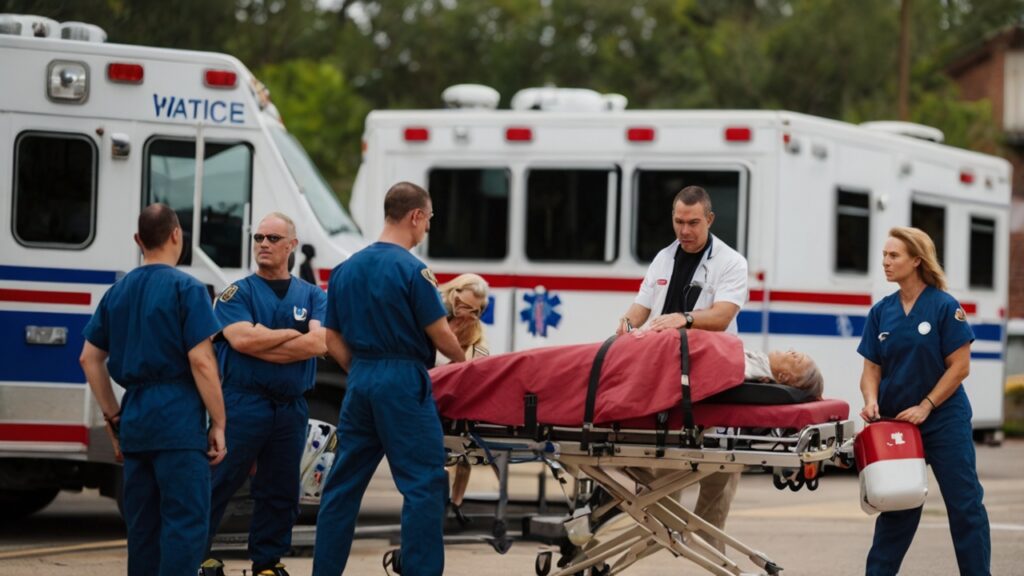Introduction
Healthcare is one of the most essential aspects of life, ensuring that people live longer and healthier. However, there is a stark difference in the availability and quality of medical services in villages and cities. While cities offer advanced healthcare facilities, specialized doctors, and cutting-edge technology, villages often struggle with limited resources, fewer medical professionals, and long distances to hospitals. This article explores the differences between healthcare in villages and cities to determine which offers better medical services.
Healthcare Infrastructure: Urban vs. Rural

Availability of Hospitals and Clinics
Cities have a high density of hospitals, clinics, and specialty centers, making it easier for residents to access medical care. Villages, on the other hand, have fewer hospitals, and people often rely on primary healthcare centers (PHCs) that may lack specialized treatment options.
Technological Advancements in City Hospitals
Urban hospitals benefit from state-of-the-art medical equipment, robotic surgeries, and AI-driven diagnostics, ensuring accurate and efficient treatments. Village hospitals often struggle with outdated machines, and in many cases, patients must travel to the nearest city for advanced treatment.
Rural Healthcare Challenges
Villages face a shortage of qualified doctors, nurses, and specialists, making it difficult for residents to get proper medical care. Many rural areas also lack basic amenities like clean water, electricity, and transportation, which further impacts healthcare services.
Quality of Medical Services

Expertise of Doctors and Specialists
Cities attract highly qualified doctors and specialists due to better career opportunities and higher salaries. In contrast, villages often have general practitioners with limited specialization, making it difficult for patients to receive advanced treatments.
Medical Equipment and Facilities
Modern hospitals in cities are equipped with MRI machines, CT scanners, and high-tech surgical units, while rural hospitals may lack even basic diagnostic tools.
Rural Healthcare Workers and Limitations
Due to the shortage of doctors, rural areas rely on nurses, health workers, and traditional healers, who may not have the necessary training for serious medical conditions.
Emergency Medical Services (EMS)

Ambulance Availability
Cities have well-connected ambulance services, whereas villages often lack emergency response units, leading to delays in critical care.
Response Time in Cities vs. Villages
Emergency response time in urban areas is significantly shorter due to better infrastructure and more ambulances, while rural patients may take hours to reach a hospital.
Effectiveness of Rural Emergency Care
Many rural hospitals are ill-equipped to handle emergencies, and patients often need to be transported to urban centers, further delaying treatment.
Conclusion
Both villages and cities have their own strengths and weaknesses when it comes to healthcare. Cities offer better medical infrastructure, expert doctors, advanced technology, and faster emergency responses, making them the preferred choice for critical medical conditions. Villages, however, provide a more affordable and community-based approach to healthcare but lack the facilities and expertise needed for specialized treatments. While urban healthcare is undoubtedly more advanced, improving rural healthcare through telemedicine, mobile clinics, and government initiatives can help bridge the gap.
FAQs
- Why is healthcare better in cities than in villages?
Cities have more hospitals, specialized doctors, and advanced medical technology, ensuring higher-quality treatment. - How can village healthcare be improved?
Investment in telemedicine, mobile healthcare units, and government support can help enhance rural healthcare services. - Are rural healthcare services more affordable?
Yes, treatments in villages are generally cheaper, but lack advanced facilities and specialized doctors. - Do villages have emergency medical services?
Villages have limited ambulance services, and reaching a hospital can take significantly longer. - What is the biggest challenge in rural healthcare?
The lack of doctors, medical facilities, and emergency response services makes healthcare in villages a major challenge.

SleepyMeditation
A Journey to Peace, Purpose & Abundance
Discover the power of 19 deeply transformative guided meditations—crafted to bring you peace, clarity in your purpose, and a life of happiness and abundance.
Listen as you rest, before sleep, while you sleep, or in quiet reflection—let the wisdom guide you.
This is more than meditation. It’s a clear path to inner peace, purpose, and gratitude.
Join SleepyMeditation on this journey. Your transformation begins now.

